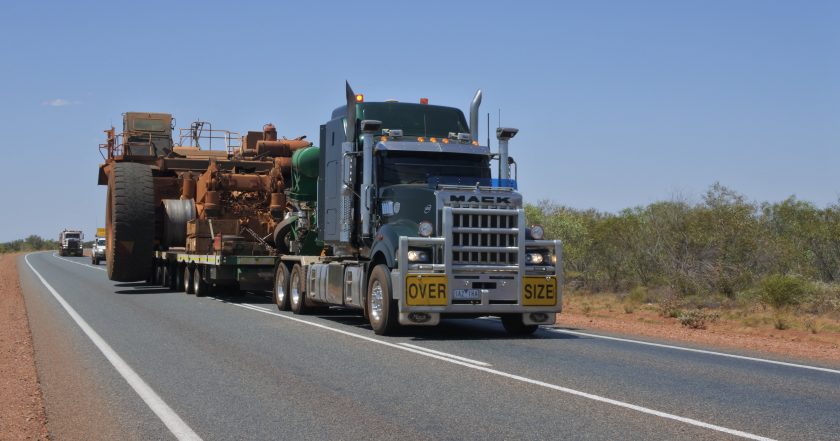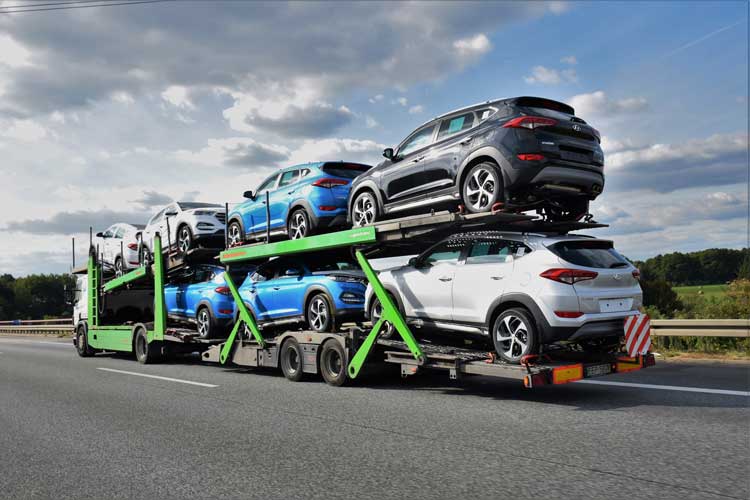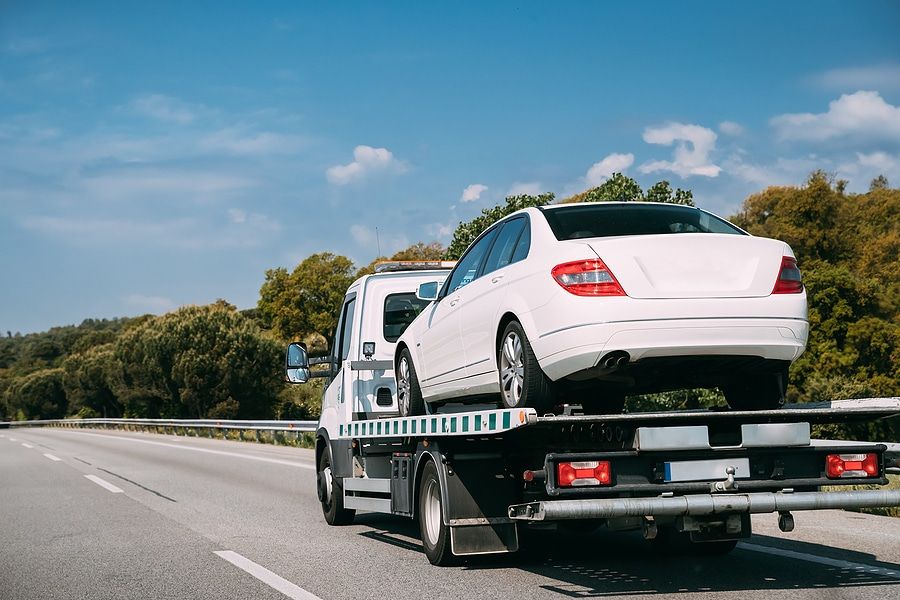Transporting oversized heavy equipment requires great care, experience, and attention to detail since this type of equipment is sensitive and highly valued. Therefore, the best way to ensure the safety of the transported equipment is by assigning the task to knowledgeable transporters with the expertise in efficiently handling the transportation of oversized equipment and dealing with all the challenges this process involves.
Still, people transporting their heavy equipment should be aware of specific challenges so that they can be prepared. This article explains how oversized heavy equipment is transported while addressing transporting challenges and providing solutions.
How to transport heavy equipment?
Planning for the hauling of heavy equipment step by step is critical to ensure successful and safe transport. The planning process involves some preparations and key factors to check throughout the transport process. However, owners should not worry about this process because auto transport companies will do all the planning and work.
Before loading
Before loading the heavy equipment onto the back of a trailer, drivers thoroughly inspect the vehicle and trailer first. It is necessary to ensure the trailer’s load capacity matches the weight of the cargo. Also, they check for tires, lights, brakes, and tie-down points to make sure they are working properly.
Furthermore, heavy equipment transportation companies check the state and federal laws and regulations for moving heavy loads on American roads and ensure they comply to avoid paying costly fines. Most importantly, they ensure the trailer driver adheres to the legal speed limits for driving heavy-duty trucks and commits to the maximum allowed service hours.
Lastly, drivers ensure the trailer loading area is clean and clear from dirt, water, or ice to load the equipment safely. Also, they contact the vehicle’s owner in advance to prepare all the necessary paperwork related to heavy equipment transportation.
While in transit
While the equipment is in transit, the driver finalizes the route planning to avoid obstacles. Drivers can avoid many bridges, tunnels, and road turns by planning the route in advance.
Unloading the heavy equipment
Having the unloading area cleared and prepared is important upon the arrival of the heavy equipment. Auto shipping companies request a safe and appropriate unloading location for heavy equipment while planning transportation.
Also, a team would be ready and prepared to unload the heavy equipment once it arrives. The team should be responsible for carrying out the unloading task professionally with sufficient experience in handling different types of heavy equipment.
Heavy equipment transport challenges and solutions
The provided recommendations on preparing for transporting heavy equipment demonstrate how the process involves various challenges. Here are some basic heavy equipment challenges and solutions to overcome them.
Safety
Heavy equipment’s weight, height, and design often cause concern for their safety throughout transportation. Heavy equipment in several models or structures should be handled carefully to ensure that none of its parts get damaged while loading and unloading.
If the heavy equipment has large detachable parts that risk the safety of the equipment, it is recommended to dismantle all removable parts and ship them separately. However, if the heavy equipment has attachments, accessories, or moving parts, lowering them to the trailer floor level is better.
Also, the heavy equipment should be properly secured to the trailer using appropriate securing tools to maximize safety. Every trailer designed to load heavy equipment has at least four tie-down points, two in the front and two in the back, with their binders and chains connected to the hitch points.
Equipment availability
Hauling heavy equipment from one place to another, whether a long distance or a nearby location, requires special tools for loading and unloading and specific trailers. This means that different trailers are used to haul different heavy equipment with special specifications.
Basically, it depends on the hauled equipment’s weight and size. For example, some trailers, like flatbeds, can haul loads weighing up to 48,000 pounds, and their maximum height is 8 1\2 feet, whereas trailers for larger equipment, like removable goosenecks, can haul larger equipment up to 11 1\2 feet.
However, the challenge lies in the transporter’s ability to provide the specific equipment and trailer type that suits the hauled heavy equipment. Still, the challenge can be solved by hiring a heavy equipment transport company with a varying set of carriers like Tempus Logix.
Tempus Logix is a reputable, experienced auto transport company that has shipped over 45,000 vehicles, including heavy-duty equipment. The company’s network of carriers includes more than 25,000 experienced drivers and auto shipping companies. Thanks to this extensive network of carriers, Tempus Logix can find the perfect trailer type for heavy equipment with all specifications.
In conclusion, transporting oversized heavy equipment is a complex work that requires strict planning, attention to detail, and expert knowledge. Transporting heavy equipment involves various challenges, including safety concerns, equipment availability, and legal compliance. However, by following the recommended guidelines and working with a reputable auto transport company, owners can overcome these challenges and ensure their heavy equipment’s safe and successful transportation.
As heavy equipment transportation requires specific equipment and specialized knowledge, it is always best to entrust the task to experienced transporters with the expertise and equipment needed to handle the job professionally.










